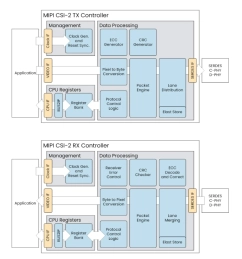imaging vision processor IP
Filter
Compare
9
IP
from
5
vendors
(1
-
9)
-
GPNPU Processor IP - 32 to 864TOPs
- 32 to 864TOPs
- (Dual, Quad, Octo Core) Up to 256K MACs
- Hybrid Von Neuman + 2D SIMD matrix architecture
- 64b Instruction word, single instruction issue per clock
- 7-stage, in-order pipeline
- Scalar / vector / matrix instructions modelessly intermixed with granular predication
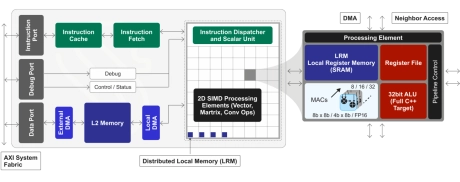
-
GPNPU Processor IP - 16 to 108 TOPs
- 16 to 108 TOPs
- 8K / 16K / 32K MACs plus 1024 ALUs
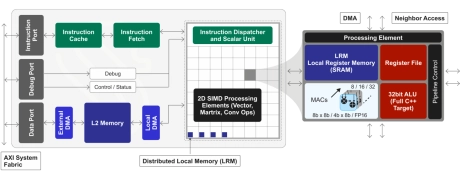
-
GPNPU Processor IP - 4 to 28 TOPs
- 4 to 28 TOPs
- 2K/ 4K/ 8K MACs plus 256 ALUs
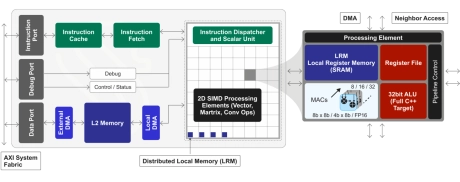
-
GPNPU Processor IP - 1 to 7 TOPs
- 1 to 7TOPs
- 512/ 1K/ 2K/ 8K MACs plus 64 ALUs
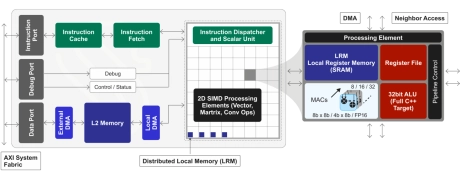
-
ISP, Image Signal Processing, Real-time Pixel Processor for Automotive
- Very low latency
- no frame-buffer
-
Image Signal Procesing, Real-time Pixel Processor Automotive
- Very low latency
- no frame-buffer
-
Unified Deep Learning Processor
- Unified deep learning/vision/video architecture enables flexibility
- Low power extends battery life and prevents overheating
- Single scalable architecture
-
Video and Image Processing Suite
- The Intel FPGA Video and Image Processing Suite is a collection of Intel FPGA intellectual property (IP) functions that you can use to facilitate the development of custom video and image processing designs
- These Intel FPGA IP functions are suitable for use in a wide variety of image processing and display applications, such as studio broadcast, video conferencing, AV networking, medical imaging, smart city/retail, and consumer.
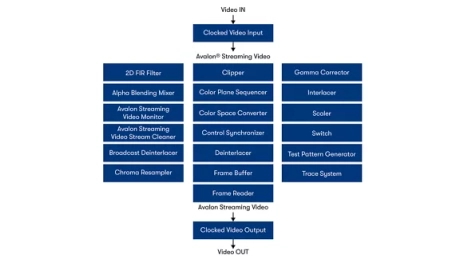
-
MIPI CSI-2 IP
- The MIPI CSI-2 IP core is a highly scalable and silicon-agnostic implementation of the MIPI Camera Serial Interface 2 version 4.1 targeting ASIC and FPGA technologies.
- The MIPI CSI-2 implementation enables high-speed, low-power transmission of image data from camera modules to host processors.
